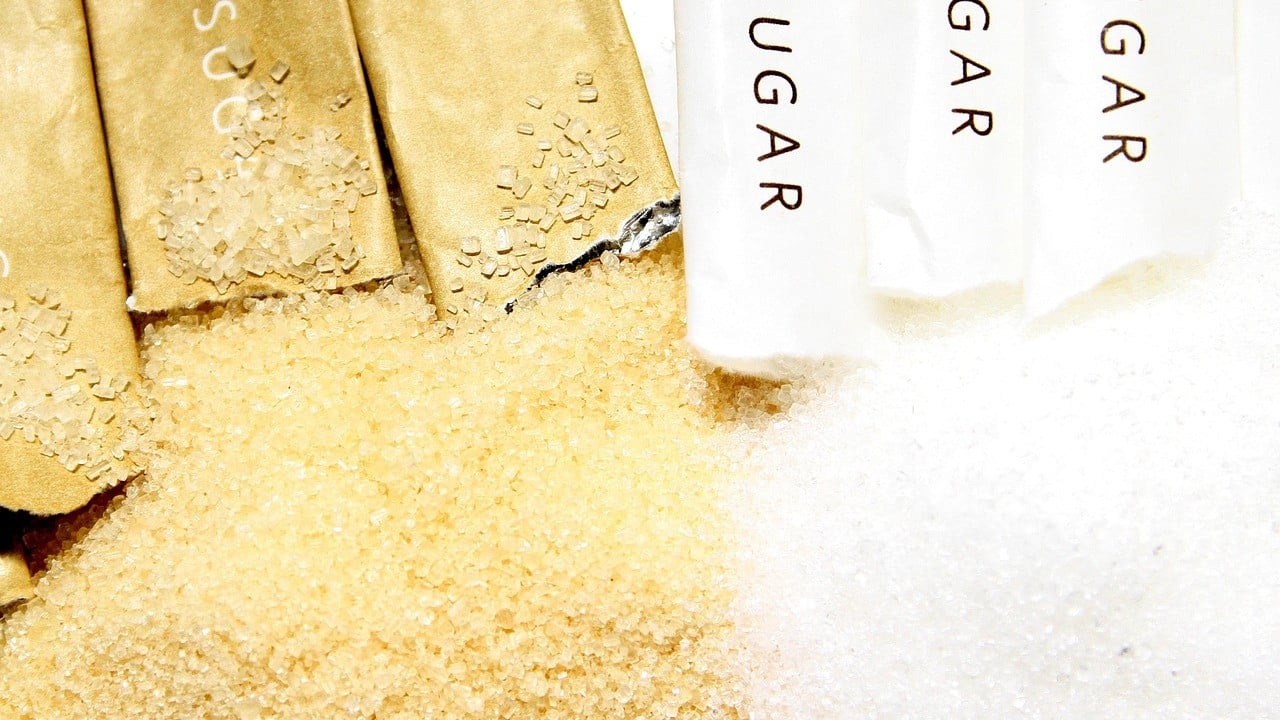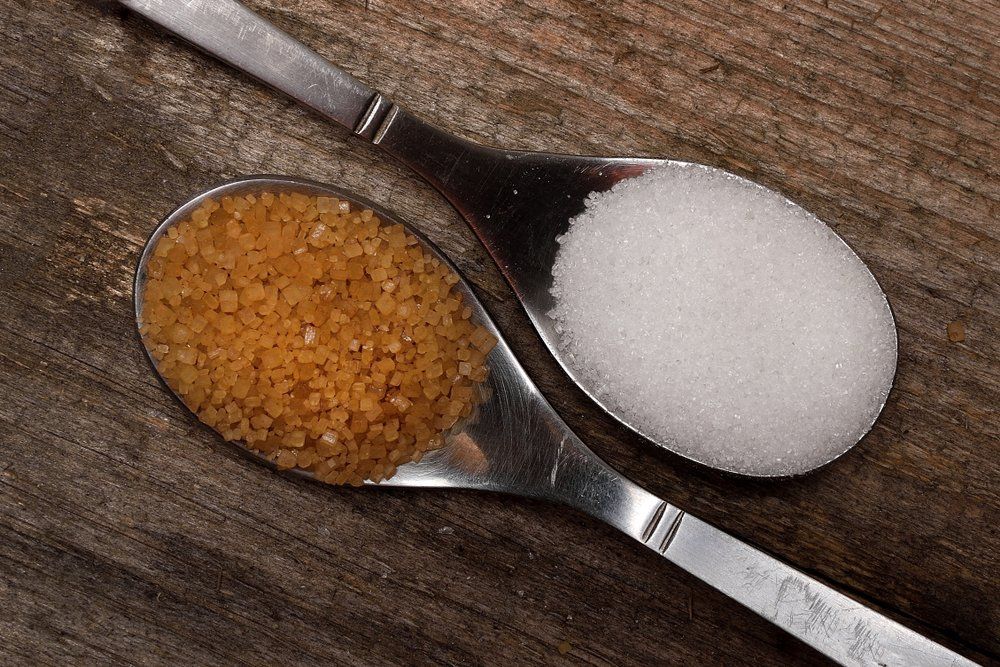Beet Sugar vs Cane: Examining Their Roles in the Global Sugar Industry
Wiki Article
Beet Sugar Vs Cane: Which Sweetener Reigns Supreme in Your Kitchen?
The choice between beet sugar and cane sugar usually mirrors not just individual preference yet additionally the cooking needs of specific dishes. Cane sugar is often applauded for its abundant, complex flavor that enhances baked products, while beet sugar uses a much more neutral sweetness that may match a selection of applications.Origins of Beet Sugar
Beetroot sugar, originated from the sugar beetroot plant (Beta vulgaris), has a rich history that goes back to the late 18th century. The initial successful removal of sugar from beets occurred in Germany around 1747, when drug store Andreas Marggraf recognized the plant's sugar content. By the very early 19th century, the procedure was refined and marketed, causing the establishment of beet sugar manufacturing facilities throughout Europe.The increase of beet sugar was dramatically affected by geopolitical aspects, particularly the Napoleonic Battles, which disrupted cane sugar products from the Caribbean. This triggered European countries to invest in beet sugar manufacturing as a domestic option. The establishment of the sugar beetroot sector provided an economic boost to backwoods, producing work and promoting farming practices.
Beginnings of Cane Sugar

By the 7th century, sugar walking cane was presented to the Middle East, largely due to the development of Islamic empires. The technology for refining sugar from walking cane juice advanced during this period, causing the establishment of large sugar manufacturing. The Crusades even more helped with the introduction of sugar to Europe, where it ended up being a coveted deluxe thing by the 12th century.
The substantial need for sugar in Europe resulted in the establishment of ranches in the Caribbean and South America during the colonial era. This marked a turning point in sugar production, transitioning from a luxury excellent to a standard commodity, fundamentally forming cooking practices and economies worldwide.
Taste Profiles Comparison
While both beet sugar and cane sugar offer the exact same key function as sugar, their flavor accounts display refined distinctions that can affect cooking applications (beet sugar vs cane). Walking cane sugar is commonly taken into consideration to have a somewhat more complicated flavor, identified by a hint of caramel notes that can boost the taste of baked items and confections. This depth is credited to the presence of trace minerals and organic compounds that are much more pronounced in walking cane sugar due to its natural processing approaches
In comparison, beet sugar tends to have a cleaner, more simple sweet taste with less taste intricacy. It is typically referred to as having a somewhat metal aftertaste, which might be less desirable in specific fragile recipes or beverages. This difference ends up being especially considerable in recipes where the sugar's flavor may take on other active ingredients, such as in fruit protects or great pastries.
Inevitably, the selection in between beet sugar and walking cane sugar might come down to personal preference and the certain demands of a recipe. For those looking for a nuanced flavor to complement their cooking developments, walking cane sugar may be the recommended option, while beet sugar offers as a flexible and useful alternative in many applications.
Nutritional Differences
Nutritionally, both beetroot sugar and walking stick sugar are virtually similar, mostly composed of sucrose and offering the very same caloric content. Each sort of sugar includes approximately 4 calories per gram, making them comparable in power contribution when made use of in food and beverages - beet sugar vs cane. This similarity expands to their chemical frameworks, which consist of glucose and fructose molecules adhered togetherWhile the main dietary value of both sugar check my blog is basically the same, some minor variants exist in trace minerals. Cane sugar may have little quantities of potassium, calcium, and magnesium, while beet sugar is often lacking these nutrients. The quantities existing are minimal and do not considerably impact total dietary intake.
It is necessary to note that neither beetroot sugar nor walking stick sugar offers any type of considerable health and wellness benefits; they are best consumed in small amounts as component of a well balanced diet plan. Excessive consumption of any type of sugar can contribute to health and wellness problems such as excessive weight, diabetic issues, and oral problems. When thinking about dietary distinctions, the emphasis ought to remain on small amounts and general nutritional patterns rather than the min differences in between beetroot and walking stick sugars.
Food Preparation and Baking Makes Use Of
When it pertains to cooking and baking, both beet sugar and cane sugar can be made use of reciprocally in most dishes as a result of their similar chemical make-up and practical buildings. Both sugars consist primarily of sucrose, which indicates they will offer the exact same degree of sweetness and add to the Maillard reaction, essential for browning and taste advancement in baked products.In baking, both beetroot and walking cane sugars can be made use of in cookies, cakes, and breads without affecting the texture or framework of the end product. There are refined differences in taste; some bakers argue that cane sugar provides a somewhat cleaner sweet taste, while beetroot sugar may impart a much more robust taste.
For cooking applications, both sugars execute similarly well in dressings, sauces, and marinades, enhancing tastes without changing the desired outcome. Additionally, they can be made use of in candy-making procedures, where accuracy is critical, as both sugars take shape likewise.

Verdict
In recap, both beet sugar and cane sugar have unique origins and taste profiles that influence read here their cooking applications. Walking cane sugar's complex, caramel-like notes improve the flavor of baked items, while beetroot sugar offers a tidy sweet taste ideal for a broad range of recipes. Nutritional distinctions between the two are marginal, permitting for useful source interchangeable usage in a lot of recipes. Eventually, the option in between beetroot and walking cane sugar depends upon the particular requirements of the recipe being prepared.Walking cane sugar is frequently praised for its abundant, complex taste that boosts baked goods, while beet sugar supplies a more neutral sweet taste that may suit a range of applications.Beetroot sugar, derived from the sugar beetroot plant (Beta vulgaris), has a rich history that dates back to the late 18th century.While both beet sugar and walking cane sugar serve the exact same primary function as sugar, their flavor profiles display refined differences that can influence culinary applications.In recap, both beet sugar and walking cane sugar have distinctive origins and taste accounts that influence their culinary applications. Walking stick sugar's complicated, caramel-like notes boost the flavor of baked products, while beet sugar supplies a clean sweetness appropriate for a broad array of dishes.
Report this wiki page